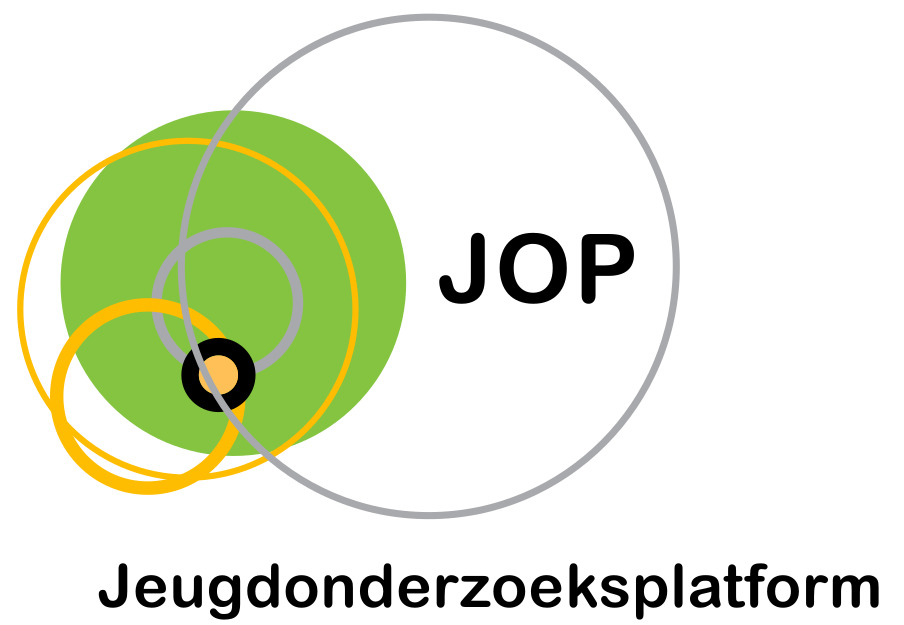The temporality and accessibility of message types (TAMT) model: Examining social media message types and the associations between exposure to alcohol and binge drinking
Auteurs
Vranken, S., Kurten, S., & Beullens, K. (2022)

Abstract
Wetenschappers hebben aangetoond dat sociale media bijdragen aan verschillende gezondheidsgerelateerde gedragingen (bijv. middelengebruik, lichaamsontevredenheid) onder adolescenten. Deze studie draagt bij aan de literatuur over gezondheidsgerelateerde effecten van sociale media door middel van de ontwikkeling van een theoretisch model dat in een volgende stap ondersteund wordt door empirisch bewijs. Ten eerste introduceert dit artikel het TAMT-model, waarin het medialandschap ingedeeld wordt naargelang een continuüm van twee dimensies: de tijdelijkheid (van efemere (kortstondige) tot persistente berichten) en de toegankelijkheid (van private tot publieke berichten) van berichttypes. Door deze dimensies te combineren, ontstaan er vier soorten van berichten: efemere private, persistente private, efemere publieke, en persistente publieke berichten. Ten tweede baseert dit onderzoek zich op het TAMT-model om onze kennis van de rol van sociale media in alcoholgebruik bij jongeren te vergroten. Er werd verwacht dat de vier berichttypes door hun verschillende kenmerken verschillend gerelateerd zouden zijn aan verwijzingen naar alcohol en hevig drinken. Op basis van een cross-sectionele studie (N = 1.636, gemiddelde leeftijd = 15, standaarddeviatie leeftijd = 1,17) werd aangetoond dat gematigde verwijzingen naar alcohol in alle berichttypes voorkomen, terwijl extremere alcoholverwijzingen vaker voorkomen in efemere private en efemere publieke berichttypen. Bovendien werd aangetoond dat blootstelling aan gematigde en extreme alcoholverwijzingen in efemere private en persistente private berichten gerelateerd waren aan een grotere kans op hevig drinken, terwijl dit niet het geval was voor blootstelling aan efemere publieke en persistente publieke boodschappen. Efemere private berichten speelden de meest cruciale rol in de samenhang met hevig drinken. Deze bevindingen illustreren het belang van het verbreden van de onderzoeksfocus naar efemere private omgevingen bij de studie van gezondheidsgerelateerde gedragingen. Terwijl deze studie het nut van het TAMT-model heeft geïllustreerd in het kader van twee specifieke soorten alcoholreferenties kan dit nieuwe model worden uitgebreid tot andere gedragingen (bv. seksueel risicogedrag, cyberpesten).
Scholars have indicated that social media contribute to various health-related behaviors (e.g., substance use, body dissatisfaction) among adolescents. This study adds to the literature on healthrelated social media effects through theoretical advances supported by empirical evidence. First, we introduce the TAMT model, in which we assess the median environment along a continuum of two dimensions: the temporality (from ephemeral to persistent) and accessibility (from private to public) of message types. By combining these dimensions, we argue that there are four message types: ephemeral private, persistent private, ephemeral public, and persistent public. Second, we draw on the TAMT model to advance our knowledge of the role of social media in alcohol-related behaviors. We expected that, due to the distinctive characteristics of the four message types, they would be differently related to alcohol references and binge drinking. Based on cross-sectional data (N = 1,636, M age = 15, SD = 1.17), we found that moderate alcohol references are encountered across all message types, while more extreme references are more likely to be prevalent in ephemeral public and ephemeral private messages. We show that exposure to moderate and extreme alcohol use references in ephemeral private and persistent private messages was associated with a higher probability of engaging in binge drinking, whereas exposure to ephemeral public and persistent public messages was not. Ephemeral private messages played the most crucial role in the association with binge drinking. These findings illustrate the importance of broadening the scope of research to ephemeral private environments when studying health-related behaviors. While we have illustrated the usefulness of the TAMT model against the background of two specific types of alcohol references, this new model can be extended to other behaviors (e.g., sexual risk-taking behaviors, cyberbullying).
Referentie
Vranken, S., Kurten, S., & Beullens, K. (2022). The temporality and accessibility of message types (TAMT) model: Examining social media message types and the associations between exposure to alcohol and binge drinking. Cyberpsychology: Journal of Psychosocial Research on Cyberspace, 16(5), Article 4.
Taal
Engels
Publicatievorm
Tijdschriftartikel
ISBN – DOI
https://doi.org/10.5817/CP2022-5-4
Trefwoorden
Sociale media ; TAMT model; alcoholgebruik ; jongeren
